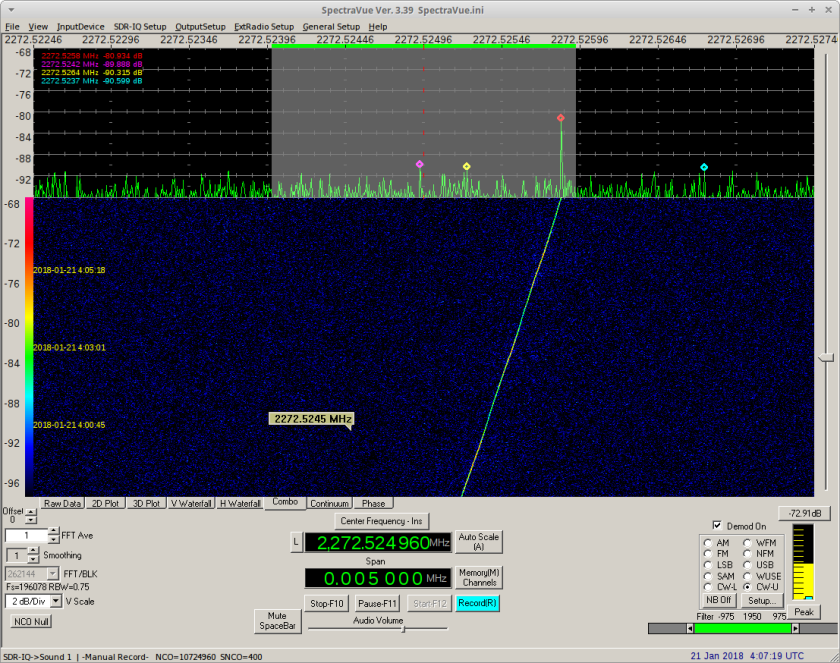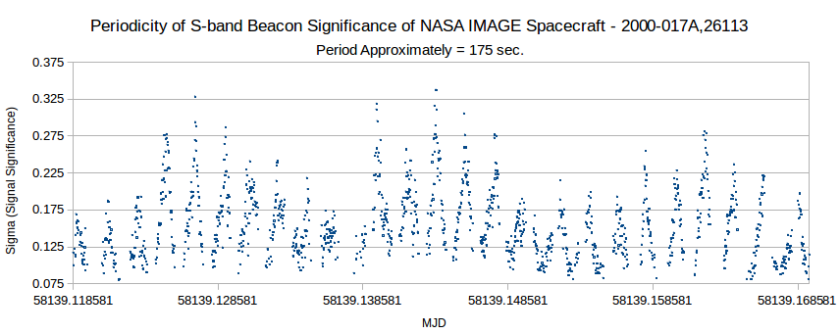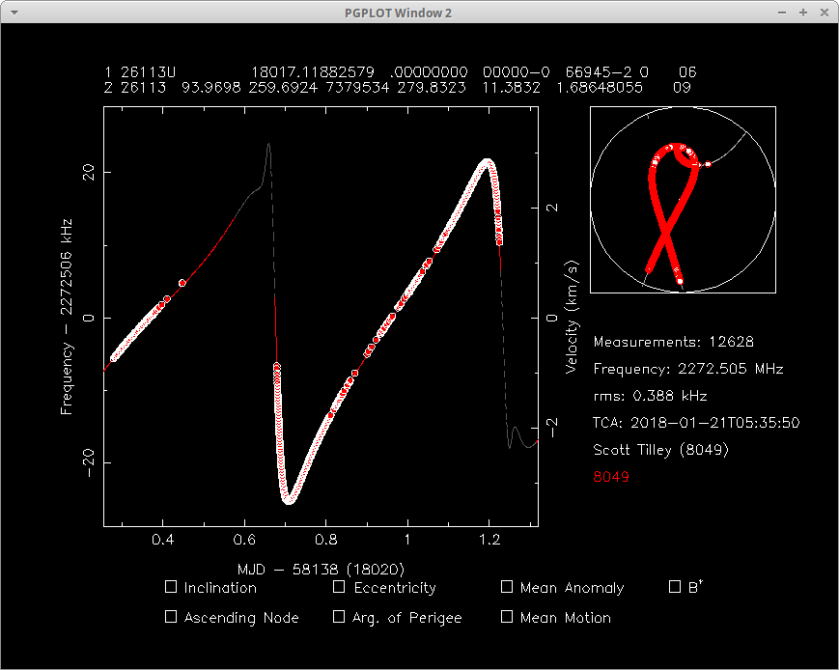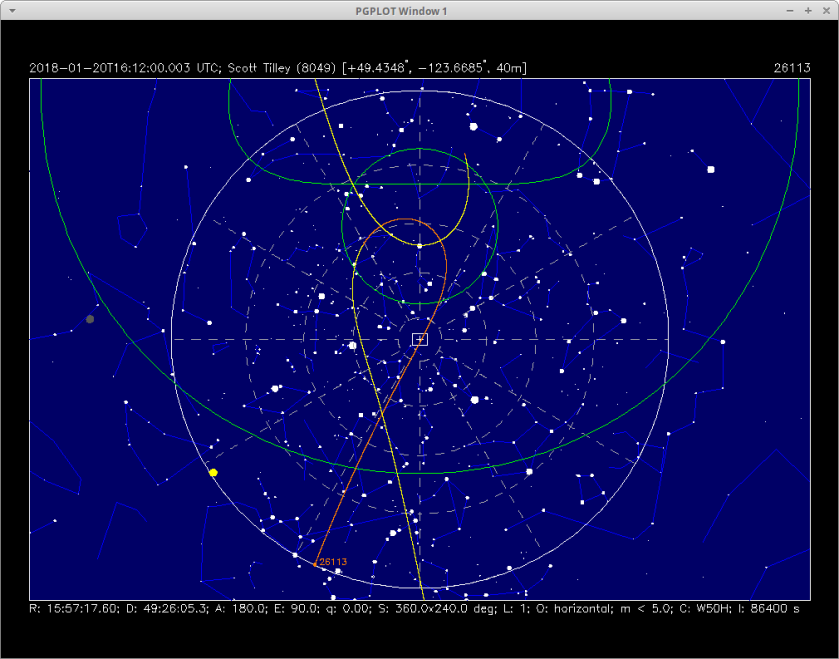Astronomers really hate that bright disco ball satellite secretly launched to space
Miriam Kramer
Mashable
January 25, 2018
On Thursday, the rocket company Rocket Lab announced that it had secretly launched the Humanity Star, a satellite in the shape of a reflective sphere that effectively works as a disco ball and could at times become the brightest object in the night sky.
The Humanity Star was launched as a way to unite all who see it under the night sky, according to Rocket Lab.
"The Humanity Star is intended to serve as a focal point for humanity as every single person on Earth will have the opportunity to see and experience it," Rocket Lab said in a statement.
But certain people on Earth aren't exactly pleased.
Just after Rocket Lab announced the surprise launch of the satellite, many astronomers tweeted their annoyance that the New Zealand-based company would build and launch this bright object.
Looking up at the Moon and the planets in the night sky invokes similar feelings of wonder - why do we need this artificial disco ball in orbit?
https://t.co/FDxiR7FyQr
— Meg Schwamb (@megschwamb) January 24, 2018
This is stupid, vandalizes the night sky and corrupts our view of the cosmos.
https://t.co/KkATT35Kf0
— David Kipping (@david_kipping) January 25, 2018
An unscientific survey of the astronomy folks I follow suggest they all hate this object.
https://t.co/zKP94AqISw
— M.P. (@OmanReagan) January 24, 2018
"Looking up at the Moon and the planets in the night sky invokes similar feelings of wonder - why do we need this artificial disco ball in orbit?" planetary scientist Meg Schwamb said in a tweet.
The Humanity Star isn't expected to stay in orbit for very long, and it won't be visible everywhere.
The quickly spinning satellite will orbit the Earth every 90 minutes and its orbit should decay in about 9 months, forcing the Humanity Star to harmlessly burn up in the atmosphere. That said, it could create a bit of a headache for astronomers trying to peer deeply out into the cosmos during the time that it's in orbit.
While this is a great idea, there is the problem that having another bright light in the sky, making light pollution that makes it more difficult to see that Universe....

S
https://t.co/OD21gTbnjb
— DJ Dr JJ Eldridge (@astro_jje) January 24, 2018
There are already hundreds of satellites you can see with your naked eye. Launching a disco ball as a PR stunt just increases the odds of the Kessler Syndrome making low earth orbit unusable.
— Andy Howell (@d_a_howell) January 24, 2018
I agree, it presumably also adds one more piece of optical noise to the sky (how to ruin nice telescope integration time...)
— Caleb Scharf (@caleb_scharf) January 24, 2018
Wow. Intentionally bright long-term space graffiti. Thanks a lot, @RocketLab.
https://t.co/jvYBvQGyW3
— Mike Brown (@plutokiller) January 24, 2018
Agree, this is an awful idea. Besides: ISS is naked eye when visible. It’s been done. Judging by the past couple decades: putting bright shiny thing in orbit =/= awe and world peace.
— Eric Mamajek (@EricMamajek) January 25, 2018
David Kipping, an astronomer who hunts for planets outside of our solar system, made the point that the satellite could create some serious problems if he's trying to catch sight of one of those elusive planets as the Humanity Star flies through his field of view.
it's supposed to be the brightest thing in the sky, i'd be pretty annoyed if this thing passed through my field whilst observing a transit...
— David Kipping (@david_kipping) January 25, 2018
The intention behind the Humanity Star, however, is certainly something most astronomers can likely understand.
"I know many astronomers are upset at this unnecessary object that will cause light pollution, although again we don't know orbit or brightness yet so we don't know how bad it will be," astrophysicist JJ Eldridge said via Twitter message.
"But I can also kinda see that maybe we do need something like this with so much negativity in the world at the moment."
Rocket Lab, for its part, has been replying to some negative tweets and attempting to clarify just how much of a distraction the Humanity Star will be for those studying the universe.
The Humanity Star will blink across the sky for just a seconds, and it won't be visible in your region for the full 9 months in orbit. Our hope is that it draws people's attention to the stars, then leaves them looking to the universe long after The Humanity Star has passed.
— Rocket Lab (@RocketLab) January 24, 2018
"The Humanity Star will briefly flash across the sky for a few seconds, reflecting sunlight back to the Earth’s surface, creating a fleeting glint of light," Rocket Lab CEO Peter Beck said in a statement via email.
"It is designed to be a brief moment of just a few seconds."
The Humanity Star was launched to space during a test flight of Rocket Lab's Electron rocket over the weekend.
Update: This story was updated to include a statement from Rocket Lab.













 S
S 





